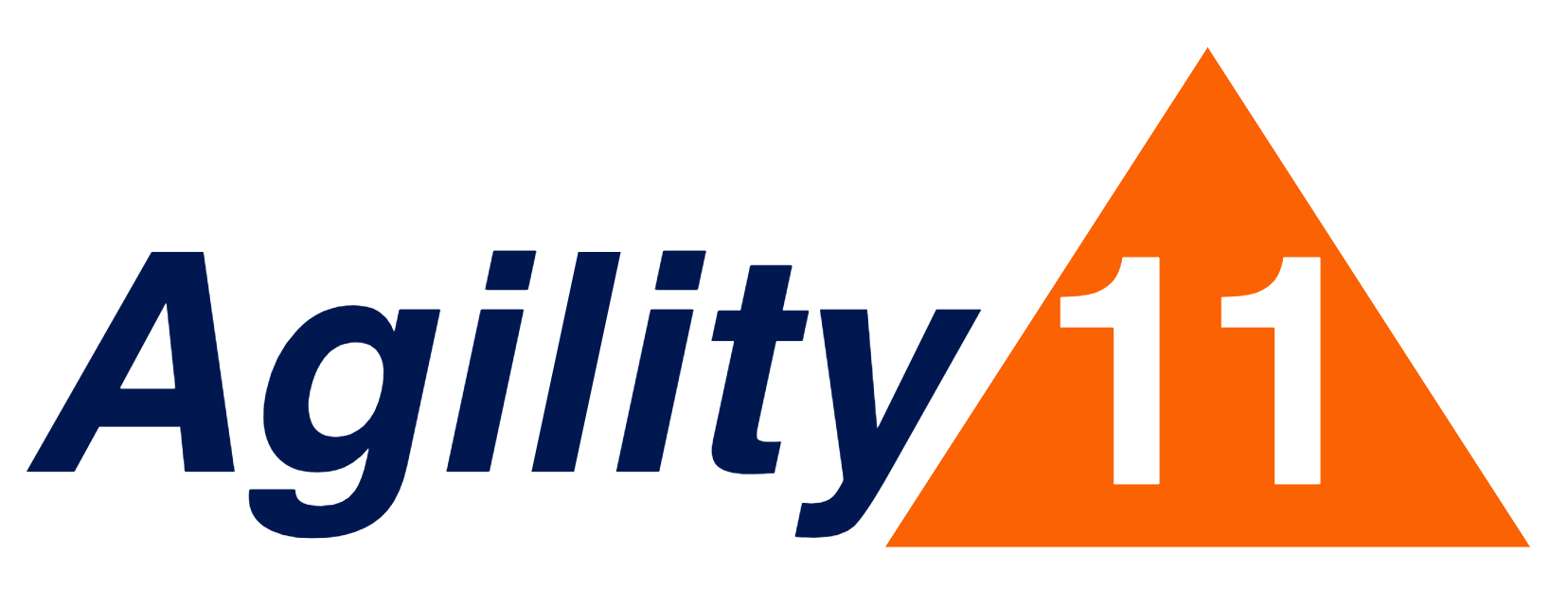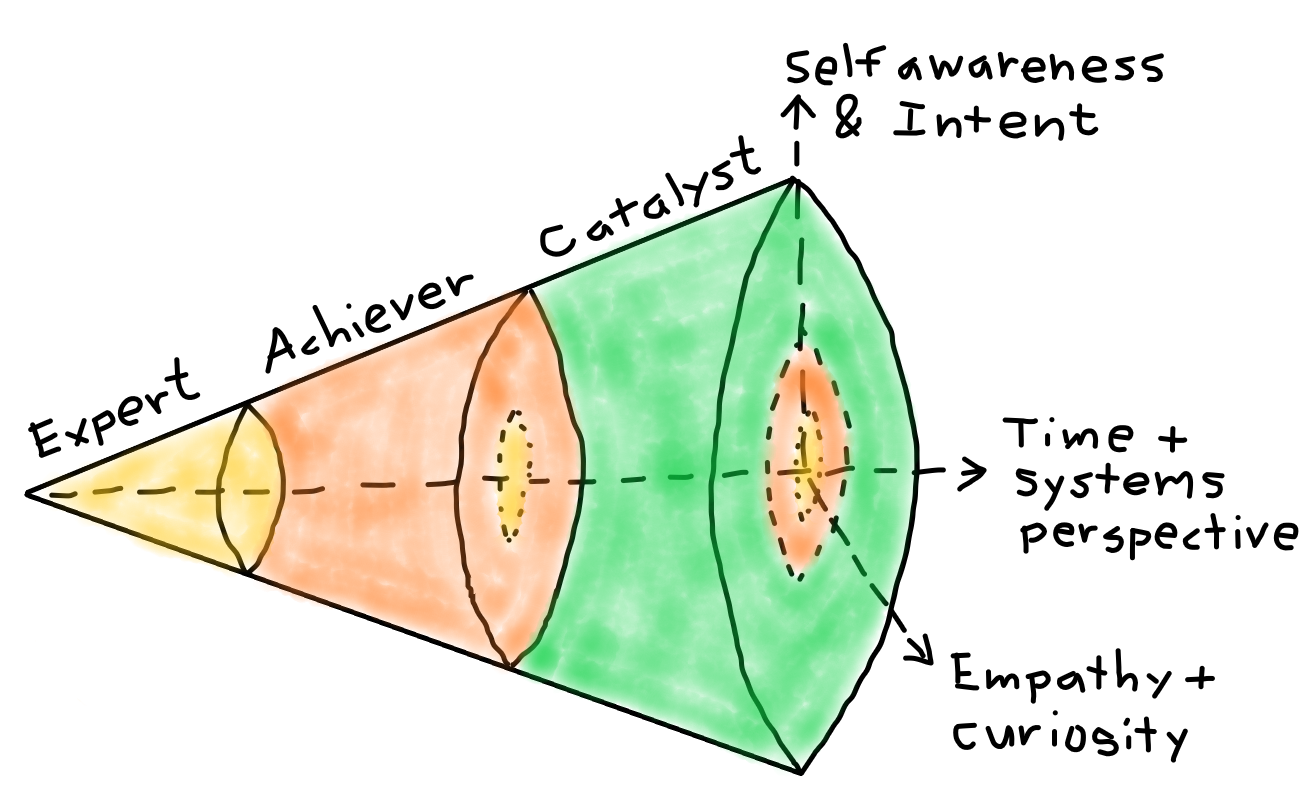Leadership Agility in a Nutshell
Leadership Agility is a well-researched and powerful leadership development framework developed by Bill Joiner & Stephen Josephs and described in their insightful book Leadership Agility. It has heavily influenced my coaching work for years, and this blog attempts to describe the framework in a way that links its several dimensions together in an easily-digestible summary - or so I hope!
Figure 1: The three levels of Leadership Agility. Adapted from Bill Joiner & Stephen Josephs
The Three Levels of Leadership
Leadership Agility is a vertical (staged) development framework, meaning that it defines distinct levels of increasing leadership effectiveness. The three levels shown in Figure 1 are the primary focus of the book and the Leadership Agility 360 degree assessment (1).
Expert
Achiever
Catalyst
The cone shows the capacities that expand at each level.
Time perspective and systems perspective
Empathy and curiosity
Self-awareness and intent
Leaders also retain the capabilities of the earlier levels, and they may consciously ‘downshift’ to leverage skills of the earlier levels when appropriate. This is represented by the smaller yellow and orange circles appearing at the subsequent levels.
The Essence of Leadership Agility
Agile Leaders are like a camera with a really zoom lens: they have the capacity to focus on an important issue, zoom out to see the larger context, and zoom in again.
Focus on what is important
Zoom out to get a broader perspective (time frame, systems, stakeholders, curiosity, self-awareness of intent)
Zoom in again to engage and take action
The next sections describe the mindset and behaviors associated with each of the three levels. Some of these descriptors were inspired by Pete Behrens in his course Leading Agile Organizations, which also leverages the Leadership Agility framework.
Expert Leadership Characteristics: Tactical
Adapted from Pete Behrens & Agile Leadership Journey
Achiever Leadership Characteristics: Strategic
Adapted from Pete Behrens & Agile Leadership Journey
Catalyst Leadership Characteristics: Visionary
Adapted from Pete Behrens & Agile Leadership Journey
Competencies and Action Arenas
One aspect of Leadership Agility that distinguishes it from other leadership development 360 tools is that it defines and assesses three distinct ‘action arenas’ or contexts in which leadership skills are applied.
Pivotal conversations
Team improvement
Organizational change
It also defines four competencies that cross-cut the action arenas:
Setting context and direction (context-setting agility)
Understanding stakeholders (stakeholder agility)
Creative problem solving (creative agility)
Leadership self-improvement (Self-leadership agility)
The diagram below represents all three dimensions of the framework together: leadership levels, action arenas, and competencies. Leadership self-improvement is shown as the foundation for all the competencies and action arenas, since it is the fundamental practice that enables leaders to advance to the higher levels of leadership agility.
Leadership Agility levels, action arenas, and competencies. Adapted from Bill Joiner & Stephen Josephs.
Additional Context on Leadership Agility
The framework’s foundations lie in adult development theory, which suggests that humans can advance through stages of increasingly effective leadership. The theory is supported by years of research into the behaviors of real-world leaders as they develop more and more effective ways to lead people and organizations. Interestingly, the research behind the framework was conducted without knowledge of the Agile movement that evolved over the same time period, so the moniker ‘Agility’ was selected by coincidence. The fact that Leadership Agility aligns so well with Agile values & principles serves to validate Agile thinking on leadership.
(1) The book defines two additional levels beyond catalyst: Co-Creator and Synergist. The differences are subtle, and very few people achieve these levels.






